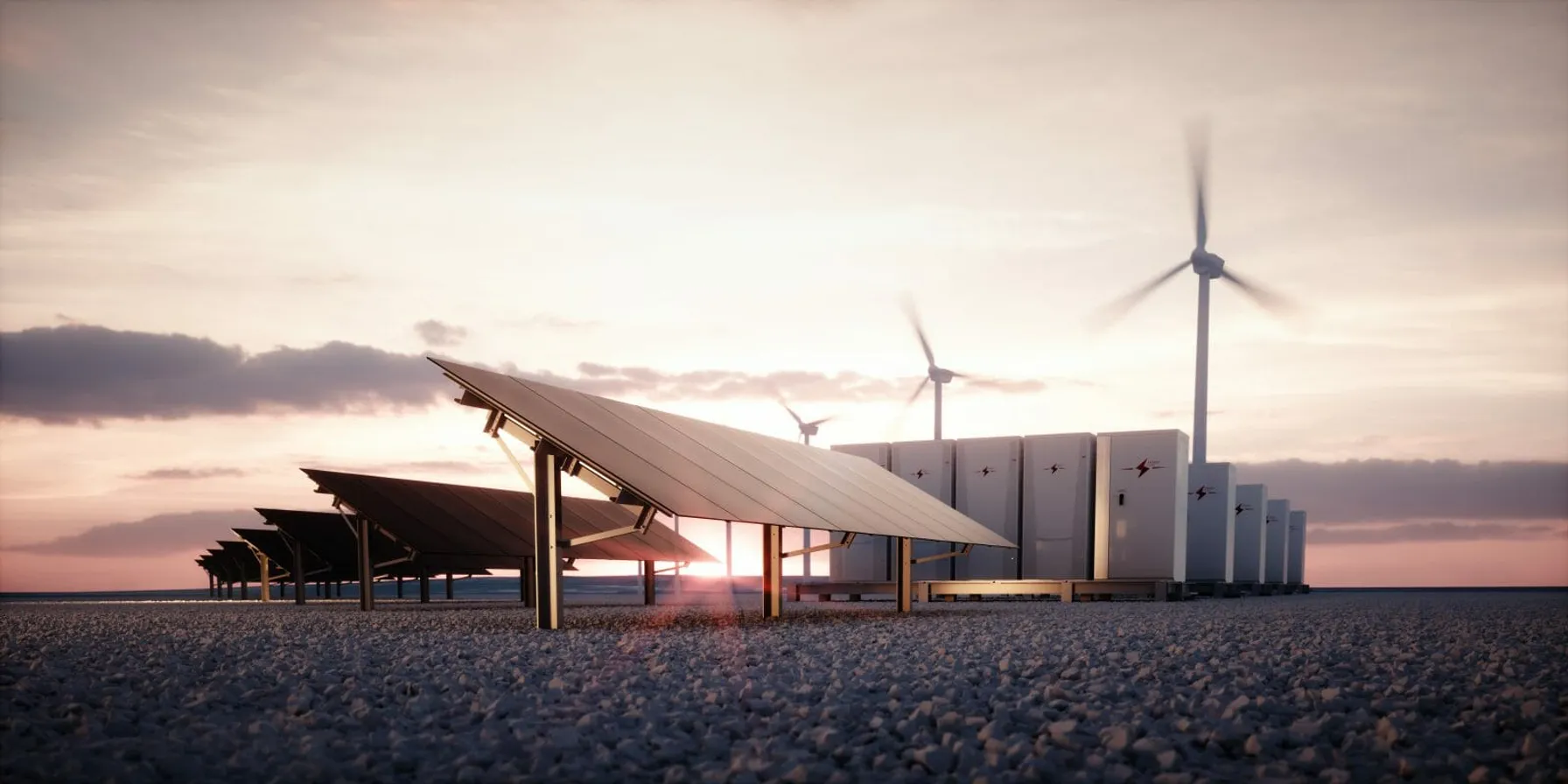Many parts of the North American bulk power system (BPS) and distribution system are experiencing increasing implementation of distributed energy resources (DER). NERC has recently undertaken important standards and guidance development activities related to the proliferation of inverter-based technologies such as solar and wind generation, as well as battery energy storage which is growing as an industry solution to ensure the reliability of renewable power for end-use customers.
NERC’s actions may lead to new standards requirements and new compliance procedures.
Transmission Planning Revisions Underway
NERC Stakeholders are currently proposing to revise the approved but pending TPL-001-5.1 Standard to better prepare for a world of DERs predominantly dependent on Inverter Based Resources (IBR). This standards’ current implementation reflects a consideration that Planning Coordinators and Transmission Planners will need time to conduct new studies and analyses in order to coordinate with asset owners and protection engineers to identify and develop appropriate Corrective Action Plans (CAP) that address system performance issues.
The pending TPL-001-5.1 standard- set to become effective in July 2023- does not yet require Planning Coordinators and Transmission Planners to include representation of the dynamic behavior of IBR dependent DERs at the distribution level or BPS-connected IBRs. As the penetration of DERs and BPS-connected IBRs increases, Planning Assessments, in order to faithfully model the behavior of the power system, should include representation of DER and IBR characteristics that impact Transmission System reliability performance. Customarily for steady state assessments, the BPS IBRs are modeled as a typical generator with appropriate P&Q ratings. For dynamic studies, TRC experts model the IBR transient characteristics and simulate the impacts of IBRs on the BPS. All of this relies on having mathematical models for IBRs that faithfully replicate the operating performance of IBR technology.
Recent experiences in California have been documented in NERC’s Lessons Learned releases. For example, in July 2020, Southern CA had about a 1000 MW output reduction occur due to disturbance on bulk power system. Subsequent event analysis revealed that it was the consequence of momentary cessation and slow recovery of power output from IBRs. The NERC TPL standard modification (among others) has been one of the recommendations after the event reviews. The purpose of the proposed standard changes is to ensure reliable operation of the bulk power system.
NERC Response to Battery Energy Storage Project Proliferation
In addition to IBR technology, interconnection queues across North America are seeing a rapid influx of requests to connect battery energy storage systems (BESS) and hybrid power plants. While there are different types of storage technologies, the number of projects is rapidly increasing due to: policy changes, rapid technological advancements, and cost reductions. Numerous proof-of-concept BESS systems have been installed across North America and many more are under development. BESS are most commonly being coupled with other IBR dependent projects such as wind and solar generation. BESSs and inverter-based hybrid power plants are the primary focus a NERC draft reliability guideline currently under review by industry.
BESS can operate in both load and generation modes when connected to the BPS. The power capability curve for BESS is a four-quadrant curve as opposed to a two-quadrant curve for a synchronous generator. A BESS might have different maximum charge active power and maximum discharge active power limit, and its reactive power capability might not be the same when operating in load or generation modes.
NERC’s BPS-Inverter Based Resource Performance Guideline provides recommended steady-state and dynamic performance characteristics for inverter-based resources and also covers a wide range of related aspects from protective functions to monitoring capability. The material presented throughout the guideline is based on extensive research and discussions with industry experts and members of the NERC Inverter-Based Resource Working Group. With TPL standard changes under development, TRC clients are advised to begin to consider how the dynamic studies that will likely be needed can be implemented.
Next Steps
TRC clients are advised to carefully review their planning and new resources interconnection programs in light of the potential industry changes and assess whether an independent review might be beneficial. NERC’s future direction will likely impact compliance for transmission and generation companies and also including DER technology suppliers using IBR based technology. Our experts can assist by providing an independent review of your company’s internal controls and asset management processes along with any related implementation issues. An independent review of your practices and the interactions of DER with the planning and operating processes within your company will help you stay ahead of this changing business and regulatory environment.

Resources
About TRC
TRC’s approach to power system planning, design and operations balances solutions that incorporate appropriate standards, regulatory requirements, best practices, operational goals and budgets. Our work for public and private sector clients is a testament to our understanding of power system operations and planning and our successful application of technological solutions in a constantly evolving business and regulatory landscape. TRC also has 50+ years of distribution and power delivery engineering experience, 30+ years of advanced energy program design experience, plus TRC Digital offers end-to-end IT/OT consulting and integration solutions for controlling DERs, as well as optimizing grid assets and achieving maximum reliability through storage, sensing, prediction, and controls solutions.
This regulatory update is a service to TRC’s utility clients, helping keep you informed of issues that impact your company’s electric system security risks along with related topics regarding future regulatory developments to help you achieve your company’s business goals.





